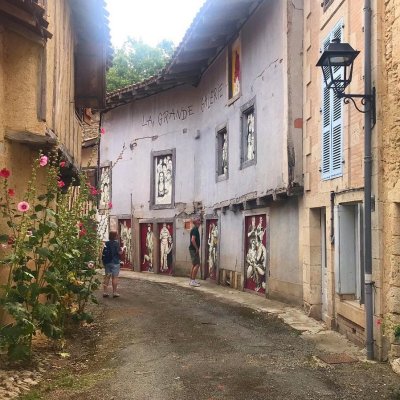
Like us on Facebook
PLACE NAMES


 
|
|
Sarrant
|

|
|
Sarrant is a commune in the Gers department in southwestern France.
The houses of Sarrant create a ring around the central church of the village. This is not a common layout for a Bastide, because in general they were commercial enterprises and the market square was the central element of the village. There are many medieval and half-timbered houses in this village.
The Philip IV of France (1268-1314), better known as the Fair or Iron King, set up a charter of customs, which protected the inhabitants and set the living rules in the village community. The charter dated 1265, specified the rights and duties of the residents and the co-lords. According to the charter, consuls headed the royal castrum (fortified camp, rectangular in plan) of Sarrant and not the local Lords.
Although little now remains of the original fortifications, and the moat that once surrounded Sarrant is now gone, in the position of the original walls around the town you can still see the large square 14th century tower.
This tower gives access to the town through one of the original gateways through the defensive walls - note in particular the unusual design of the roof and the ornate window surrounds.
Inside the tower you can visit a small museum that displays ancient tools and articles from the region.
The Church of Saint-Vincent in the center of Sarrant also dates from the 14th century, although it was modified in the 17th and 19th centuries. Another religious monument in Sarrant, the 17th century Chapel of Notre Dame de la Pitié, can be seen just outside the original walls near the tower.
As a reminder of its long history, there is a small medieval garden in Sarrant where the plants grown are those that were common several hundred years ago, and a medieval festival is held in Sarrant in early August each year.
 Feel free to Email me any additions or corrections Feel free to Email me any additions or corrections
LINKS AVAILABLE TO YOUR SITE
| | |





